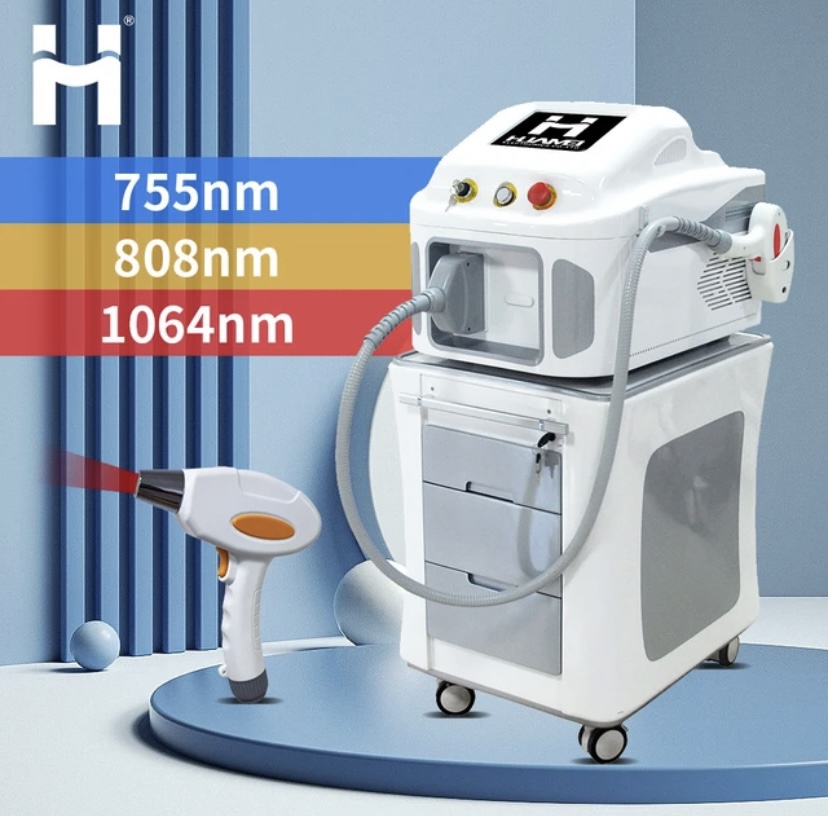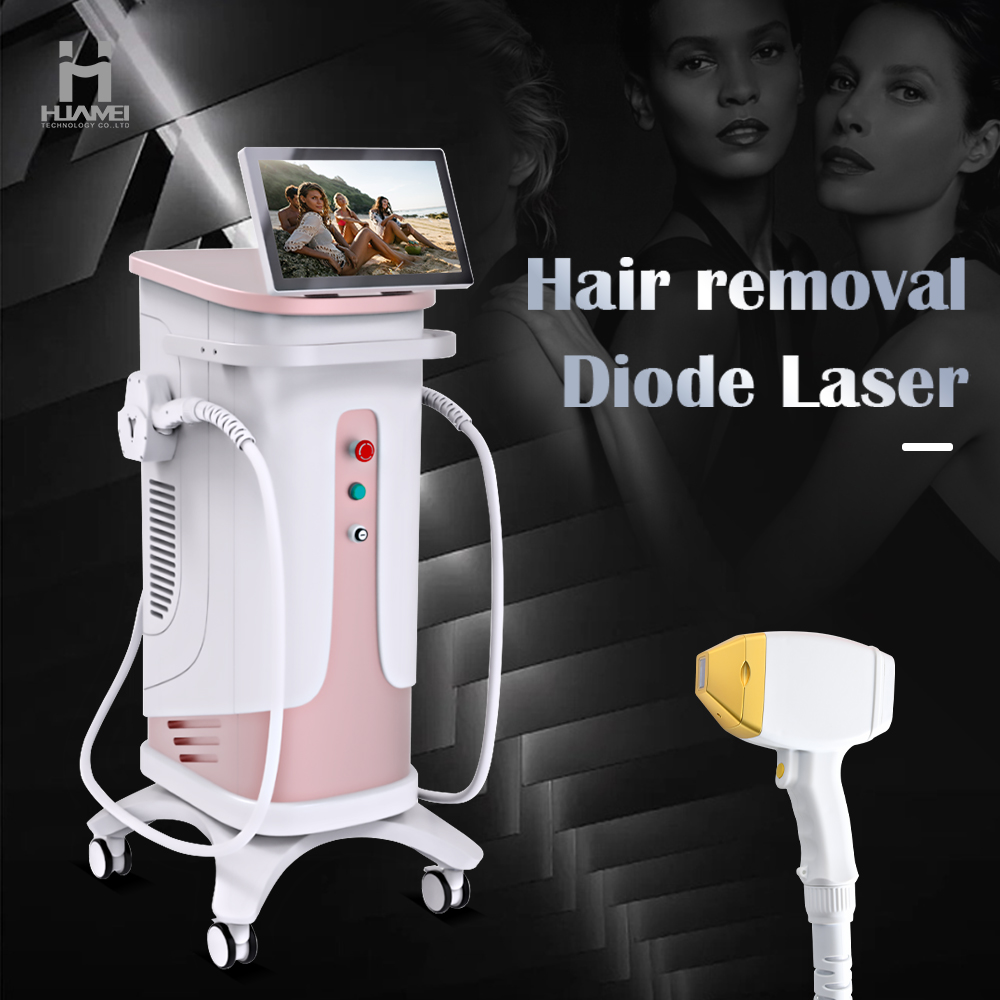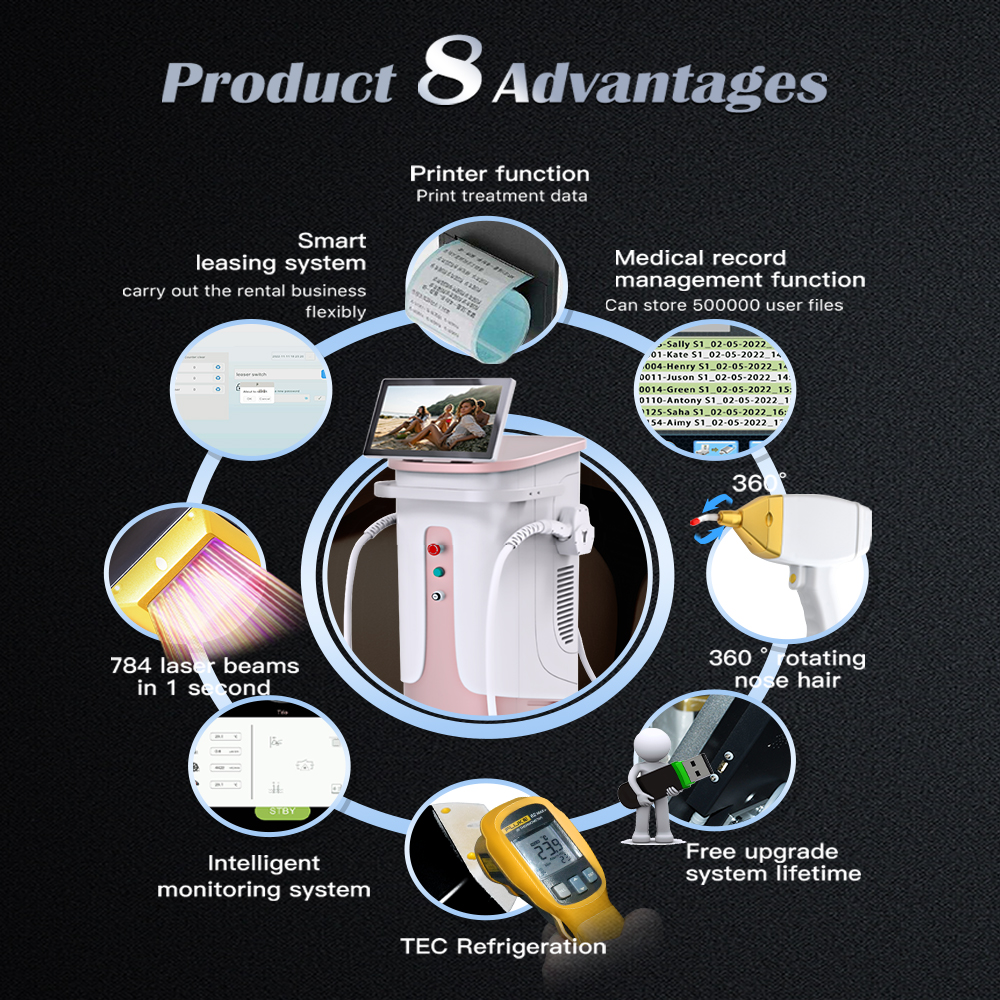The Effectiveness of Multi-Color Photodynamic Therapy (PDT) Machines in Modern Medical Practice
January 05, 2026Achieving Permanent Hair Removal with Diode Laser Technology: Understanding the Hair Growth Cycle
July 26,2024
revolutionized the field of cosmetic dermatology. Among the various types of laser hair removal devices, diode lasers have gained popularity for their efficacy and safety. Understanding how diode lasers interact with the hair growth cycle is crucial to achieving long-lasting results. This article explores the intricacies of the hair growth cycle, the principles behind diode laser technology, and how these factors contribute to successful permanent hair removal.

The Hair Growth Cycle: A Primer
Before delving into laser hair removal techniques, it’s essential to grasp the basics of the hair growth cycle. Human hair growth occurs in three distinct phases:
- Anagen Phase: This is the active growth phase, where hair follicles are actively producing hair. The duration of this phase varies depending on the location of the hair on the body, ranging from several weeks to years.
- Catagen Phase: In this transitional phase, hair growth stops, and the hair follicle begins to shrink. This phase lasts for a few weeks.
- Telogen Phase: Commonly known as the resting phase, hair follicles remain dormant during this period. After the telogen phase, the hair naturally falls out, and the cycle begins anew with the anagen phase.
The efficacy of laser hair removal depends significantly on the phase of hair growth. Ideally, the laser targets hair follicles during the anagen phase when they are most responsive to treatment.
How Diode Lasers Work
Diode lasers are specifically designed for laser hair removal and utilize a wavelength of around 800-810 nanometers. This wavelength is optimal for targeting melanin, the pigment responsible for hair color, while minimizing damage to surrounding skin tissue. The laser emits concentrated light that is absorbed by the melanin in the hair follicle, effectively damaging the follicle and inhibiting future hair growth.
Key components of diode laser technology include:
- Selective Photothermolysis: This principle ensures that the laser energy selectively targets the melanin in the hair follicle without affecting the surrounding skin.
- Contact Cooling: Many modern diode laser machines incorporate cooling mechanisms to protect the skin and enhance patient comfort during treatment.
- Treatment Process Based on Hair Growth Cycle
- To achieve optimal results with diode laser hair removal, treatment sessions are scheduled to coincide with the hair growth cycle:
- Anagen Phase Targeting: Since hair follicles are actively producing hair during this phase, they are most vulnerable to laser treatment. Multiple sessions spaced 4 to 8 weeks apart are typically recommended to target hair follicles in the anagen phase effectively.
- Catagen and Telogen Phases: Hair follicles in these phases are less responsive to laser treatment because they are not actively growing hair. As a result, targeting these follicles may require additional sessions over time as they transition back into the anagen phase.
- Advantages of Diode Laser Hair Removal
- Diode laser technology offers several advantages over other hair removal methods:
- Precision: Diode lasers can selectively target coarse, dark hairs while leaving the surrounding skin undamaged.
- Speed: The large spot size of diode lasers allows for quick treatment of larger areas such as the back or legs.
- Predictability: With proper treatment protocols, diode lasers can provide predictable results, leading to significant hair reduction over time.
- Considerations Before Treatment
- Before undergoing diode laser hair removal, it’s essential to consider the following factors:
- Skin Type: While diode lasers are effective on most skin types, individuals with darker skin tones may require specialized settings to avoid pigment changes.
- Hair Color: Diode lasers are most effective on dark, coarse hair due to higher melanin content. Lighter hair colors such as gray or blonde may be less responsive to treatment.
- Medical History: Inform your dermatologist about any medical conditions or medications you are taking, as these factors may impact your suitability for laser hair removal.

